

With rhinoplasty, the deformities of the structure called septum in the middle part of the nose, which prevents nasal breathing and causes curvature of the nose, are corrected.
Deviated septum (curvature) can be congenital, acquired or caused by trauma. This structure, consisting of a bone and cartilage structure that divides the nasal cavity into two, can cause various problems by affecting the respiratory tract.
In the interview, first of all, your complaints about your current nose and your expectations after surgery are evaluated.
Your nose is photographed from 8 different angles and its possible postoperative appearance is shown to you on the computer.
Pre and postoperative photos of operated noses are also presented to you.
The breathing condition and intranasal structures are examined in detail with the help of an endoscopic device. If there is a serious breathing problem, a sinus film is taken. This examination is simple and other problems (polyps, sinusitis, adenoid, nasal flesh, nasal flesh, deviated septum, etc.) are detected in detail. During the operation, existing problems, if any, are corrected.
Once you have decided on the operation, my assistant will schedule a suitable operation day for you.
Generally, closed rhinoplasty technique is used (no incision is made at the tip of the nose, so there is no scar).
The cartilage, bone and soft tissue that make up the structure of the nose are reshaped (the point where art and science meet). Low or excessive height at the tip of the nose, protruding area or missing area on the back of the nose, curvature of the nose, nasal tip and nostrils are corrected and an aesthetic appearance is provided.
Deviated septum (curvature of the middle wall of the nose) and turbinates (nasal flesh) that affect nasal breathing are corrected during the operation.
After giving the nose its new aesthetic shape, special tapes are glued to the outside of the nose and a plastic splint is placed on it for 5-7 days.
No tampons are used.
Thanks to the 3-4 hour Hilotherapy mask after the surgery, swelling, bruising and pain on the face are much less than the old ice applications. While the cooling process is kept constant between 15-20 degrees, our patients are very comfortable thanks to the masks used during the application.
On the first day, the patient is relieved by applying cold to the face (Hilotherapy for the first 3-4 hours and cold compresses afterwards) and painkillers.
1-2 days after the operation, if a perforated silicone splint (allowing nasal breathing) was used, this is removed and you can take a warm shower without wetting the plastic splint placed on the nose. You will be given two different nasal sprays to spray into the nostrils (one for 1 week and one for 4 weeks).
Swelling and bruising may occur 2-3 days after the operation (depending on the structure of the person and the technique applied) and then resolve quickly.
After 5-7 days of the operation, the plastic splints and tapes on the nose are removed. Then, your nose is taped with a flesh-colored tape for one more week and your edema is largely resolved.
You can return to work approximately 7-9 days after the operation.
Depending on your nasal structure, you will be shown how to perform a nasal massage if necessary.
Lens use can be started 3 days after the operation, light framed glasses can be started after 1 month, and heavy framed glasses such as sunglasses can be started after 3 months.
If the nasal meatus and deviated septum have been intervened because of breathing difficulties, nasal congestion is normal a few months after the operation. This is due to swelling and crusts inside the nose.
Light-paced exercises that do not tire you out can be done two weeks after the operation. After two months, it will be time to start swimming.
After the third week, you become more aware of the new shape the operation has given your nose and start to enjoy it.
The nose takes its final shape in about 6 months-1 year.
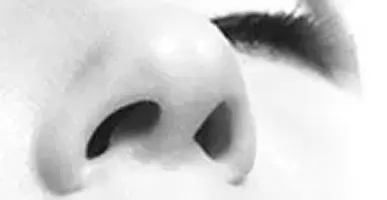
It is still an old habit of our patients. ... Read More
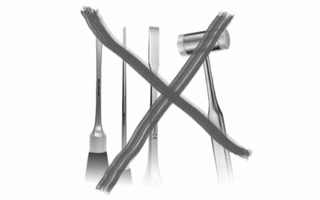
With the rapidly advancing and developing technology... Read more
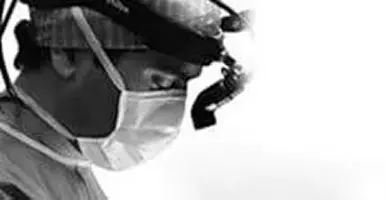
Depending on the structure of the nose, it used to be a nose... Read more
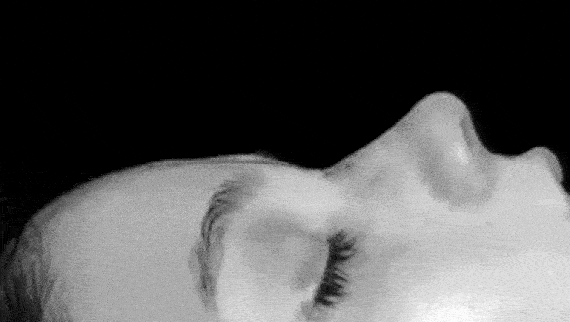
Nose aesthetics, ie rhinoplasty, is one of the most common surgical procedures in aesthetic surgery... Read more
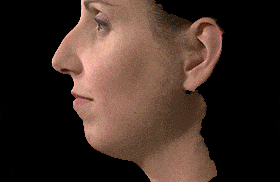
With the old habit, it is still one of our patients... Read more

In aesthetic nose operations, the nose of the patients... Read more

One or more nasal operations... Read more

Composite rhinoplasty, rhinoplasty surgeries... Read more
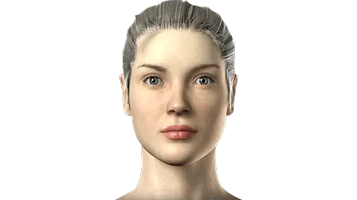
Finesse rhinoplasty is a procedure in which a patient's nose... Read more
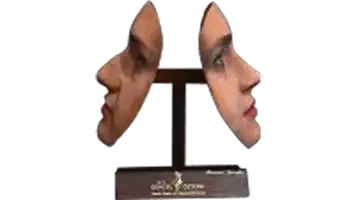
Nose aesthetics, ie rhinoplasty, is the most common procedure in aesthetic surgery... Read more
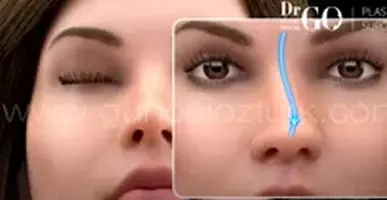
Rhinoplasty is usually performed with cosmetic concerns... Read more

My book The Art of Nose came out from Doğan Book House... Read more
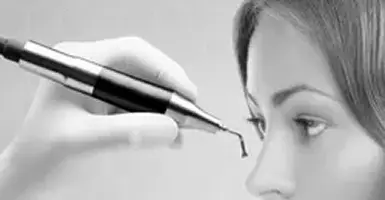
Technological advances in minimally invasive surgery... Read more
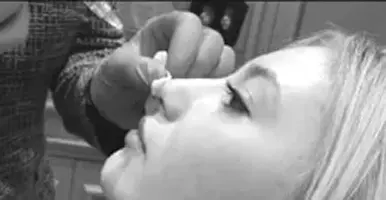
Also known as non-surgical rhinoplasty... Read more
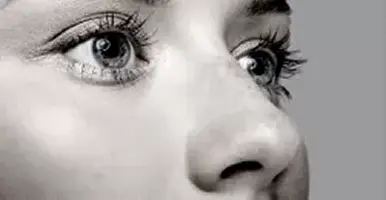
Partial cartilage and bones in the nose... Read more
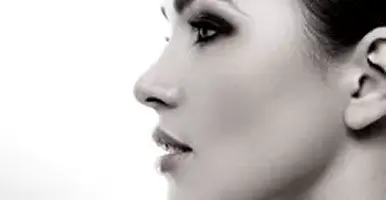
Rhinoplasty, usually performed with cosmetic concerns... Read more
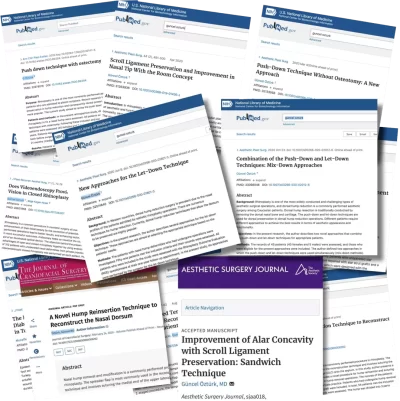



Copyright © 2025 Tüm Hakları Saklıdır.
SEO:
